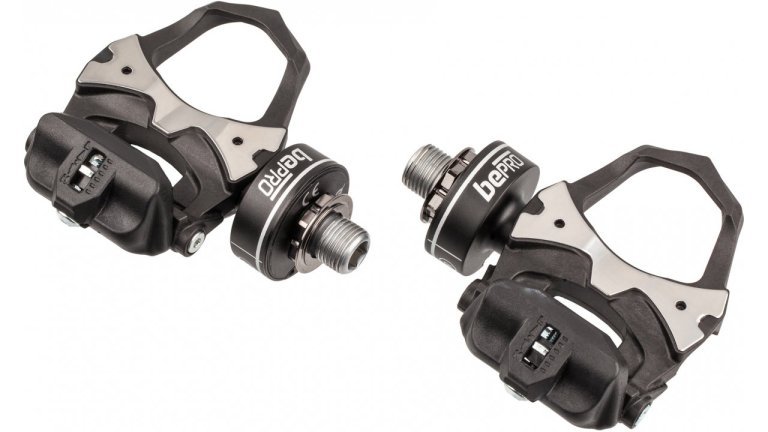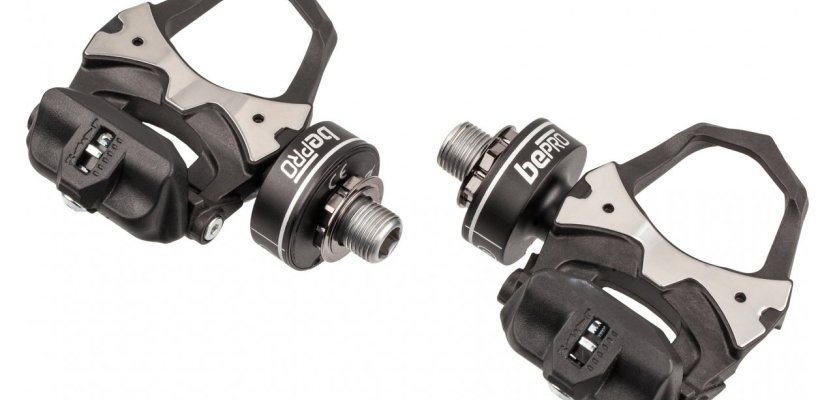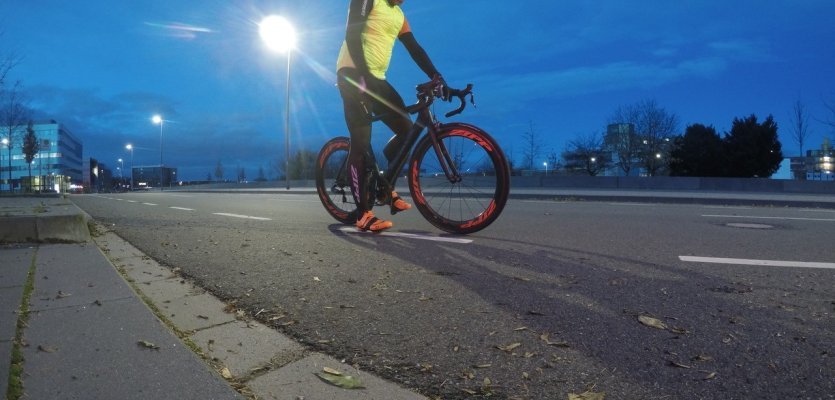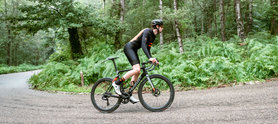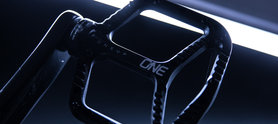
Review: Favero bePro Pedals
Power to the pedal and you know your watts. Manuel tests the Favero BePro pedals and sees how they compare to a standard crankset power meter.
As a triathlete, it is important that I use a power meter to measure performance to make sure that that I am training in the most efficient way possible. It especially helps during a race, when I need to I leave enough energy for the running portion. For about a year now, I have used a Quarq power meter crankset, with the help of Garmin Connect and Strava, to measure my results. I record my results on a Garmin Fenix watch and a Garmin Edge cycling computer.
So why test the Favero bePro pedals?
Let’s just say I got lucky. I had already been searching for a new set for my Storck Scenero G3 Stealth Edition, which didn’t need to be power meters, but then I was offered the chance to test the bePro’s. Of course, I couldn’t say no and it would be great to test the pedals against my Quarq crankset. The fact that the pedals can be switched from bike to bike is also a feature that peaked my interest.
With it all said and done, the Favero box was at home and it was time to get them installed.
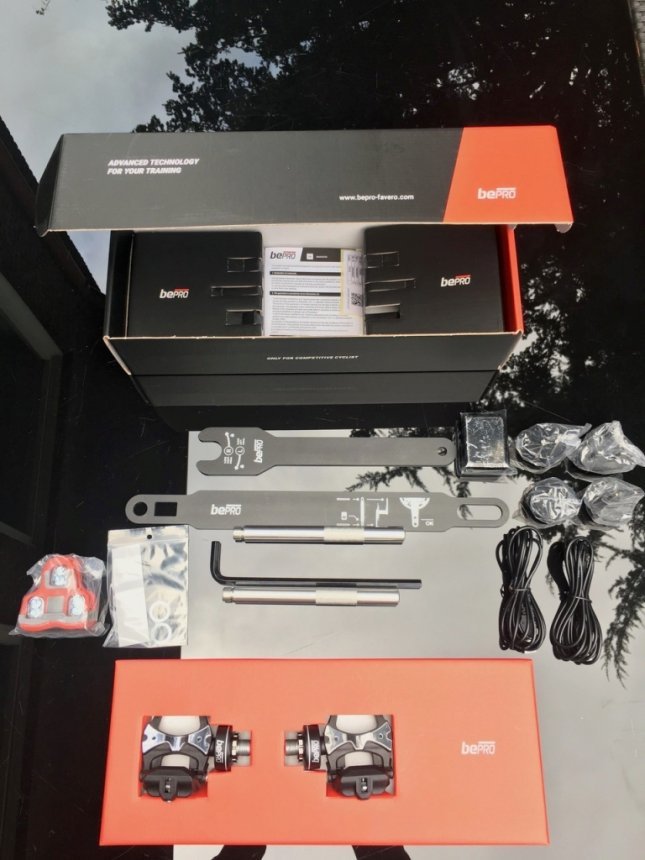
-
Installation
The installation process is explained very well and was easy to do. However, one does need to watch out when it comes to the sensors. First of all, the pedals cannot be bolted on too tight and the direction needs to be carefully noted. Another thing to watch out for, is if the shoe sits directly on the sensor. Over time, it can damage the sensor, but Favero has a solution. They recommend using their shims (2 mm thick) to make sure that there is enough distance between the shoe and the pedal.
After successfully installing the pedals, it was time to charge them. This happens with two mini-USBs and cable that connect to one charger. Next, they need to be calibrated. Check out the following video to see how this is done:
On the road
In the morning, it was time to throw on my kit and start testing. Close to where I live, there is a great ride that has a little elevation, but is mostly flat which was a good way to compare the pedals results to my Quarq power meter and the various devices I connected it to. Right from the start, the pedals feel durable and clipping in and out was very intuitive. While pedalling, they were silent and when raining they functioned perfectly.
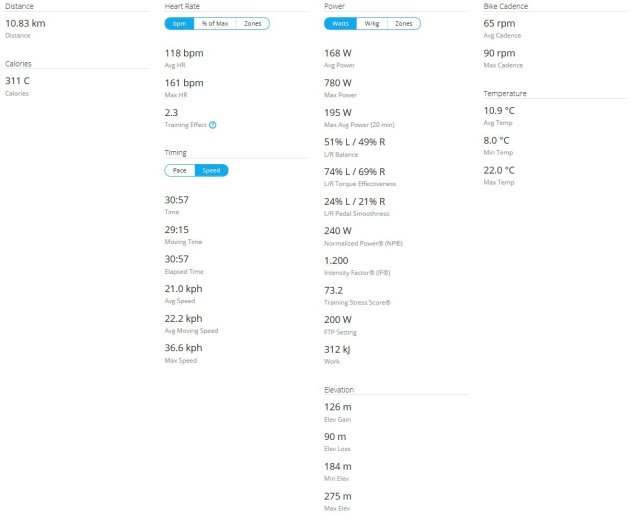
Directly comparing my results to the Quark power meter, there was some deviation even when I coupled the pedals first to my Garmin Fenix and then to the Garmin Edge. I called up Garmin to ask why this was and they said it has to do with natural forces like the sun, wind and body temperature. I did a second test on the Tacx Flux Smart trainer and I removed my Garmin Fenix from my wrist and set it aside on the couch next to the Garmin Edge. This time, the results from the Quarq power meter and the pedals were very close.
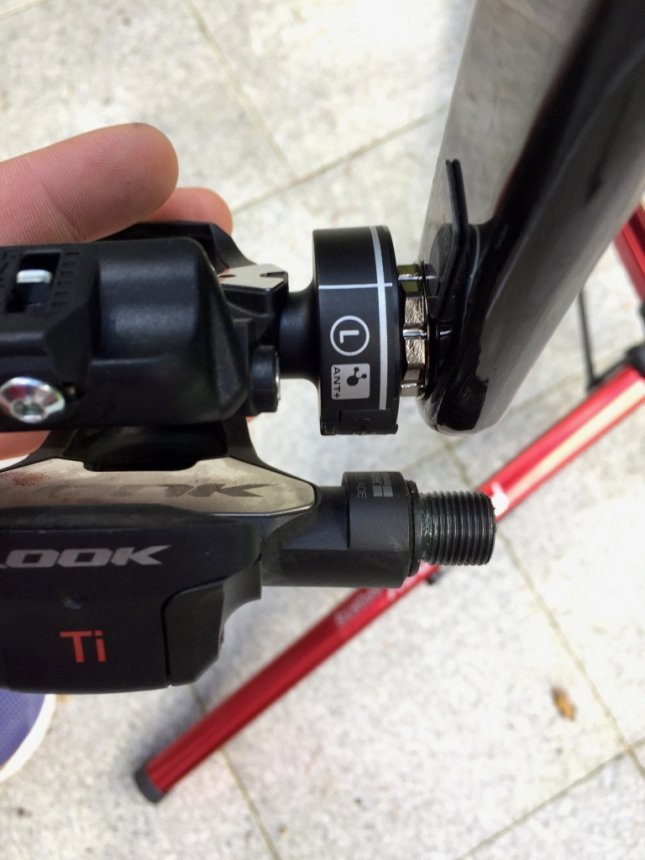
-
Something I really like about the bePro pedals, is that they allow me to see how much power each leg is producing. With these parameters, I can see how effectivity I spread power between pulling and pushing on the pedals as well as if I have a rounded pedalling cadence.
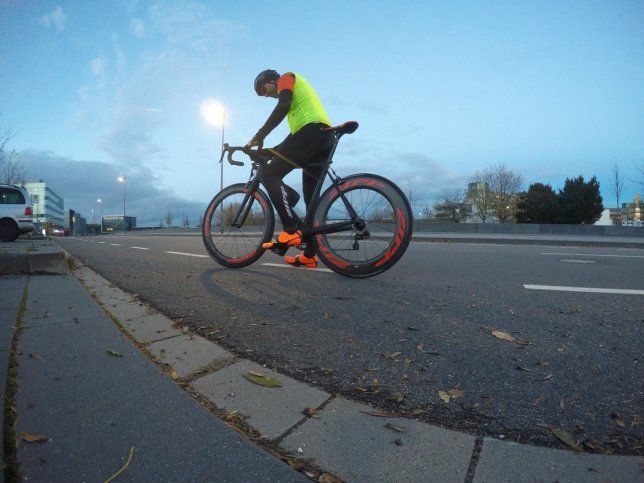
-
Summary
I was really impressed with the Favero bePro pedals. The results from both my indoor and outdoor rides show that they are consistent and reliable and any deviation was due to some natural force. They are very robust and installation and calibration were straight forward. The bepro’s also give me additional data that other power meters don’t, which help me improve my cadence and how I spread power over both legs. As the Germans say, “Pedal to the medal."
Because the pedals can be easily switched between multiple bikes, I’m considering switching out my crankset with them. In my opinion, the bePro’s offer the complete package at a great price. I definitely recommend purchasing them, if you are in the market for a power meter.

